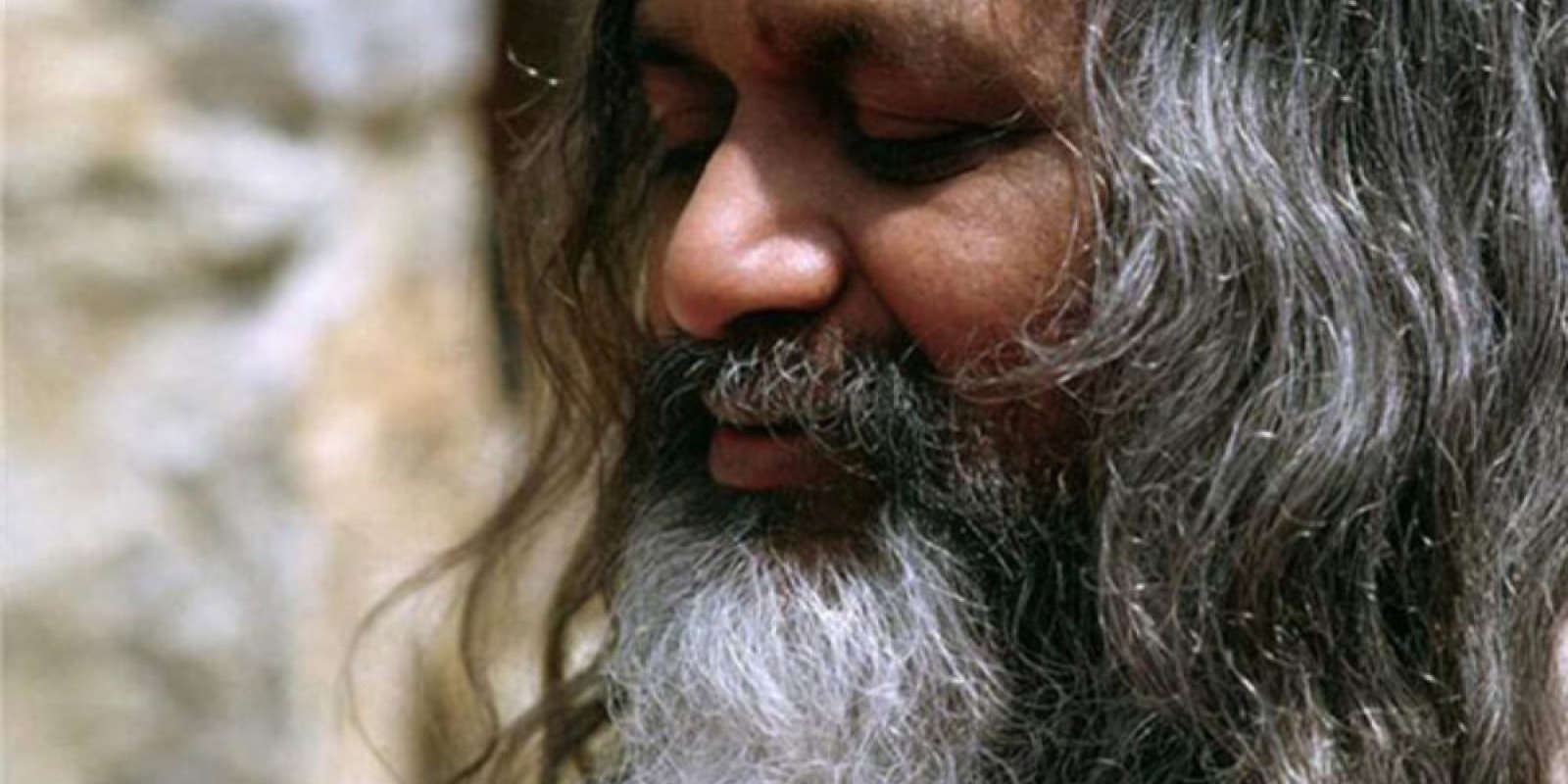
The intelligence of nature is connected to the intelligence of the material body with its basis in consciousness.
A great man, a great sage; Maharishi Mahesh Yogi a student of one of India’s most beloved great sages Guru Dei Brahamanan Sasaraswati, is the one who brought Transcendental Meditation, a valuable tool for expanding consciousness or awareness, to the West. Maharishi in collaboration with eminent Indian Ayurvedic Physicians has reconstructed and unearthed a perfect science: Ayurveda. He has recovered from the thousands of fragments lost over the millennia, the complete and integral work, re-presenting in a modern and accessible way the practical and theoretical approaches of an invaluable knowledge.
The term Ayurveda means the science of life. From Ayur = Science and from Veda = Life.
It is a system of medical knowledge handed down in India from time immemorial, not only geared toward the treatment of disease but especially toward a way of life that promotes health and disease-free longevity by correcting subtle imbalances in the body before they manifest as pathological phenomena. Natural and holistic science considers man to be a universe in itself, composed of body, mind, soul (microcosm) inseparably connected to the entire cosmic existence (macrocosm). Ayurveda encompasses all aspects of the well-being of living beings, the physical, the mental, and the spiritual since human life consists of sense organs, mind, and soul.
The harmony and balance of the person cannot be separated from that of the community, from that of nature, from that of the universe because nature vibrates in us and we vibrate in it.
One wonders why Ayurveda comes from India if it is universal knowledge?
Because this nation that is the spiritual heart of the world has been able to guard and preserve the Truth and Knowledge of Ayurveda.
In this nation more than anywhere else live and have lived great sages who are embodiments of the infinite. The knowledge of Ayurveda came to us as a precious gift from the Rishi (wise seers), who acquired it by immersing themselves deeply in themselves and nature.
Since the laws of nature are as eternal as all creation they govern, Ayurveda, which is its exact vibration, is also an eternal science, without beginning or end.
According to legend it was Brahma the creator who formulated the principles of Ayurveda, so after many thousands of years of enlightened sages moved by pity at seeing humanity sick and suffering, they gathered in the Himalayan mountains, imploring Brahma to reveal to men the secrets of the science of health. Brahma sent Indra his messenger to earth to meet Brihaspati, chosen by the sages as the purest of them to receive the knowledge that would alleviate humanity’s suffering.
The earliest record of Ayurveda is in the Vedas, the oldest and most complete record of knowledge known to mankind (the writings are in Sanskrit, the mother of all languages in which the name contains form) and compiled in verses that were passed orally from generation to generation for thousands of years before being transcribed.
They were later reworked into compilations called Samhita. Today we have 3 works that have come down to us in almost complete form: CHARAKA SAMHITA; SUSHRUTA SAMHITA; ASHTANGA HRI-DAYA SAMHITA.
THE CHARAKA SAMHITA (1500 B.C.E.) the oldest of the three texts, deals with the fundamentals of Ayurveda, the anatomical structure and physiology of the human body, the various etiological agents, the signs and symptoms of various diseases, methods of examining the patient, treatment and prognosis. Ample space is given to prevention including daily and seasonal regimens, notions of dietetics and behavior. In addition, rejuvenating and aging prevention therapies that are topical and being studied by modern science.

Through Panchakarma treatment, excess Doshas are eliminated from the body, digestive power and metabolism are strengthened, diseases are cured, and normal health is restored. Sense faculties, The mind and intelligence become clearer. The person gains strength, robustness, virility and progeny. Aging is slowed and health preserved until later in life.
The SUSHRUTA SAMHITA (1000 B.C.) is a text on surgery and obstetrics that covers surgical procedures such as treating wounds, abscesses, burns, general and plastic surgery.
TheASHTANGA HRIDAYA (200 B.C.) is a synthesis of the first two texts. diseases, correcting subtle imbalances in the body before they manifest as pathological phenomena. Natural and holistic science considers man to be a universe in itself, composed of body, mind, soul (microcosm) inseparably connected to the entire cosmic existence (macrocosm). Ayurveda encompasses all aspects of the well-being of living beings, the physical, the mental, and the spiritual since human life consists of sense organs, mind, and soul.
The harmony and balance of the person cannot be separated from that of the community, from that of nature, from that of the universe because nature vibrates in us and we vibrate in it.
Thus he quotes the CHARAKA SAMHITA:
“The individual is the mirror of the universe. All material and spiritual phenomena in the universe are present in the individual. In the same way all phenomena present in the individual are contained in the universe. This is the way the sage perceives reality.”
Therefore, disease begins when the laws of nature are violated.